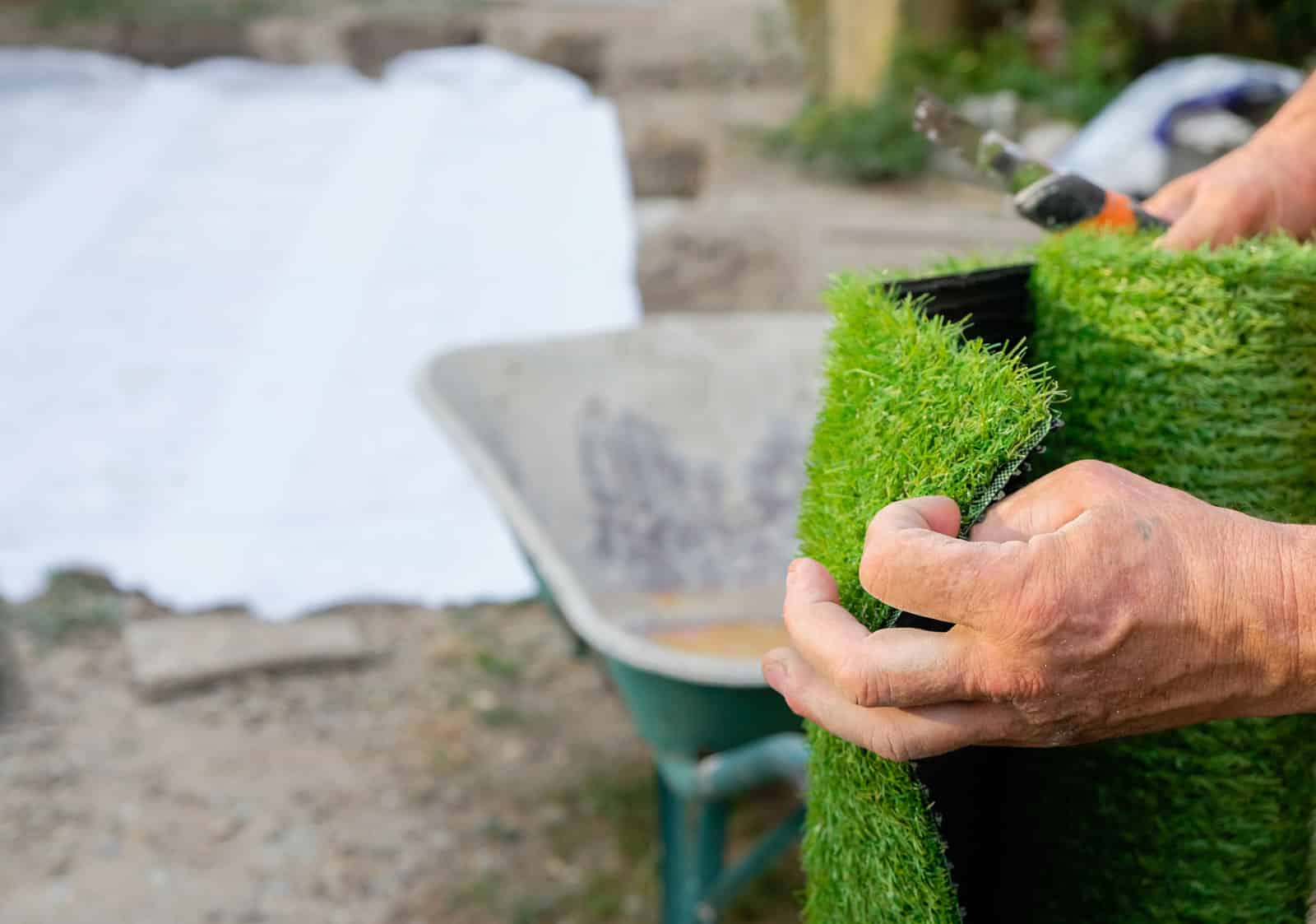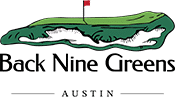How to Prepare Ground for Artificial Grass: Step-by-Step Guide

Artificial grass is one of the easiest and most cost-effective ways to enjoy a lush green lawn year-round without the constant watering, mowing, or mud. Whether you call it artificial turf, fake grass, or astro turf, the installation process starts with one critical step — ground preparation.
Proper ground prep ensures your new lawn drains correctly, feels comfortable underfoot, and lasts for many years. In this detailed guide, LawnPop® — Austin’s trusted name in artificial grass installation — explains how to prepare ground for artificial grass and the right way to lay fake grass like a pro.
Why Proper Ground Preparation Matters
Artificial grass only performs as well as the surface beneath it. When installed over an uneven or poorly drained base, even premium turf can wrinkle, hold water, or shift over time. The best-installed lawns all share three traits:
- A stable sub-base that prevents sinking or rutting.
- Good drainage to stop puddles after heavy rain.
- Smooth, even compaction that supports the turf fibers.
According to the Synthetic Turf Council, correctly prepared turf bases can extend product lifespan by up to 30% longer compared to improperly installed ones.
So before asking how to install artificial grass on soil, start with the foundation.
Tools and Materials You’ll Need
Here’s what professionals like LawnPop® use for a clean, efficient installation.
Tools:
- Shovel and spade
- Wheelbarrow
- Rake
- Plate compactor or hand tamper
- Utility knife
- Turf cutter (optional for large areas)
- Hammer and turf nails
- Measuring tape
Materials:
- Crushed rock or decomposed granite (3/8” minus or Class II road base)
- Sharp sand or decomposed granite for levelling
- Weed barrier fabric
- Artificial turf rolls
- Turf adhesive or joining tape
- Infill (silica sand, zeolite, or pet infill depending on purpose)
Having these materials ready prevents mid-project delays and helps maintain consistency in each stage of artificial grass installation.
Step 1: Measure and Mark the Area
Before you begin digging, measure your entire project area carefully. Mark the perimeter using spray paint or string lines. Always include an extra 5%–10% of turf length and width to allow for trimming or seam alignment later.
When you plan out your area, take note of slopes or drainage flow. The turf should follow the natural contour of your yard for realistic appearance and proper water runoff.
Step 2: Remove Existing Grass and Topsoil
To lay artificial grass, you first have to remove all natural grass, roots, and debris. Use a shovel or turf cutter to remove 2 to 4 inches of topsoil. This depth ensures you have enough space for your compacted sub-base layer.
Pro tip: Dispose of the organic material offsite — it will decompose under your turf and cause uneven surfaces.
If you’re wondering what to put under artificial grass, remember: never install directly on natural soil. The ground must be stable, clean, and free of vegetation.
Step 3: Install a Weed Barrier
Weed growth is one of the most common problems after artificial grass installation. Lay a durable weed barrier fabric across the entire surface before adding your sub-base material.
This geotextile layer allows water to pass through while blocking sunlight — preventing weeds from sprouting underneath your fake grass. Secure the edges with landscape staples every 3 feet for stability.
Step 4: Add and Compact the Sub-Base
The sub-base forms the structural foundation that supports your artificial turf. Use crushed granite, decomposed granite, or road base to a depth of 3 to 4 inches. Avoid limestone, as it can retain water and reduce drainage efficiency.
Spread the material evenly and compact it thoroughly with a plate compactor. Aim for 90% compaction density for the best results. A firm, smooth base ensures your turf won’t sag or wrinkle later.
If your area receives heavy rain (common across Texas), a deeper 4-inch base helps prevent puddling.
Step 5: Level with Sharp Sand or DG Layer
Once your sub-base is compacted, add a 1-inch leveling layer of sharp sand or fine decomposed granite. Rake and smooth the surface until it’s completely even. This layer cushions the turf and helps create a natural look and feel underfoot.
To avoid water pooling, maintain a slight gradient — about 1 inch of slope per 8–10 feet — away from buildings or patios.
Step 6: Lay the Artificial Grass
Now comes the fun part — unrolling your turf!
Unroll the artificial grass in the same direction for consistent fiber alignment. Let it rest for a few hours so the turf can relax and flatten after being rolled up.
When joining multiple rolls, align the seams carefully. Use turf seam tape with adhesive or glue to bond them together. Make sure the fibers are facing the same way before you secure.
Trim the edges using a utility knife for a snug fit against walkways, curbs, or flowerbeds.
Step 7: Secure the Turf in Place
Once your turf is positioned perfectly, secure it along the perimeter using 6-inch turf nails or landscape spikes every 6–8 inches. Angle the nails toward the base rather than straight down to avoid damaging the turf backing.
For additional reinforcement, apply turf adhesive under the seams or near high-traffic areas. Always check alignment as you go.
Step 8: Add the Infill
Infill is what gives fake grass its realistic texture, bounce, and weight stability. Choose an infill based on your turf type and use case:
- Silica sand: Common for residential yards
- Zeolite infill: Best for pet-friendly artificial turf, helps neutralize odors
- Rubber or TPE infill: Used in playgrounds and sports fields for cushioning
Spread infill evenly using a drop spreader, then brush against the grain using a power broom. Proper infill application also helps turf blades stand upright, making it look more natural.
Step 9: Brush and Rinse the Surface
After infill, brush the turf in multiple directions using a stiff broom or power brush to lift fibers and blend seams. Rinse lightly with a garden hose to remove dust or excess sand.
Routine maintenance like this — brushing once every few weeks and rinsing monthly — keeps your artificial grass installation looking vibrant for years.
Step 10: Check Drainage and Finishing Touches
Before calling it done, check for proper drainage by spraying water over the turf. If any puddles appear, lift that section, add more crushed granite, and recompact.
Trim any visible seams, add decorative edging if needed, and make sure transitions between turf and hard surfaces are smooth. A neat finish adds professional appeal and longevity.
Tips for Long-Term Artificial Grass Maintenance
Installing turf is only the start — keeping it clean ensures it stays beautiful. Here are a few pro tips:
- Rinse weekly to remove dust and pollen.
- Brush monthly to keep fibers upright.
- Use enzyme cleaner for pet odors.
- Avoid harsh chemicals or bleach.
- Keep sharp objects and hot items like grills or fire pits off your turf.
Following these steps can extend the life of your lawn beyond 15 years, according to leading synthetic turf manufacturers.
Common Mistakes to Avoid During Installation
Even experienced DIYers can make small mistakes that affect turf longevity. Avoid these pitfalls:
- Skipping the weed barrier — leads to regrowth issues.
- Using poor-quality base material — causes sagging or poor drainage.
- Forgetting to compact properly — results in uneven surfaces.
- Overlapping seams incorrectly — makes them visible.
- Neglecting infill — flattens fibers prematurely.
Professional installers like LawnPop® know how to avoid these costly errors with precision-graded tools and years of local experience.
Frequently Asked Questions (FAQs)
What do you put under artificial grass?
You should always use a compacted sub-base of crushed rock or decomposed granite topped with a leveling layer of sharp sand. This ensures proper drainage and support.
Can you install artificial grass directly on soil?
No. Natural soil shifts and expands with weather, causing wrinkles and poor drainage. Always remove 2–4 inches of topsoil and install a solid sub-base first.
How long does it take to install artificial grass?
For a standard 400–500 sq. ft. yard, professional installers can finish in 1–2 days depending on weather and site conditions.
What type of infill is best for pets?
Zeolite infill is ideal for pet-friendly artificial turf because it neutralizes ammonia odors and promotes drainage.
Can artificial turf handle heavy rain?
Yes, if installed with the right base and slope. Quality turf like LawnPop’s drains at rates exceeding 30 inches per hour — faster than natural grass.
Environmental and Cost Benefits
Artificial lawns help conserve an average of 55 gallons of water per square foot per year, according to the EPA WaterSense Program. That’s a major savings for Texas homeowners battling water restrictions.
Additionally, since artificial turf doesn’t require fertilizers or pesticides, it reduces chemical runoff and keeps local waterways cleaner.
Why Choose LawnPop® for Your Artificial Grass Installation
If you want your turf project done right from the ground up, trust the experts at LawnPop®, based in Austin, Texas. Our team specializes in every stage — from site preparation to artificial grass installation — ensuring your lawn looks perfect and performs beautifully for years.
We install premium synthetic turf across Texas for residential lawns, sports fields, pet areas, playgrounds, and rooftop greens. Every project reflects our commitment to quality, service, and sustainability.
Make your lawn a smart lawn with LawnPop®. Call us today at (512) 806-0438 for a free on-site estimate and discover why we’re Texas’s top artificial grass experts.



